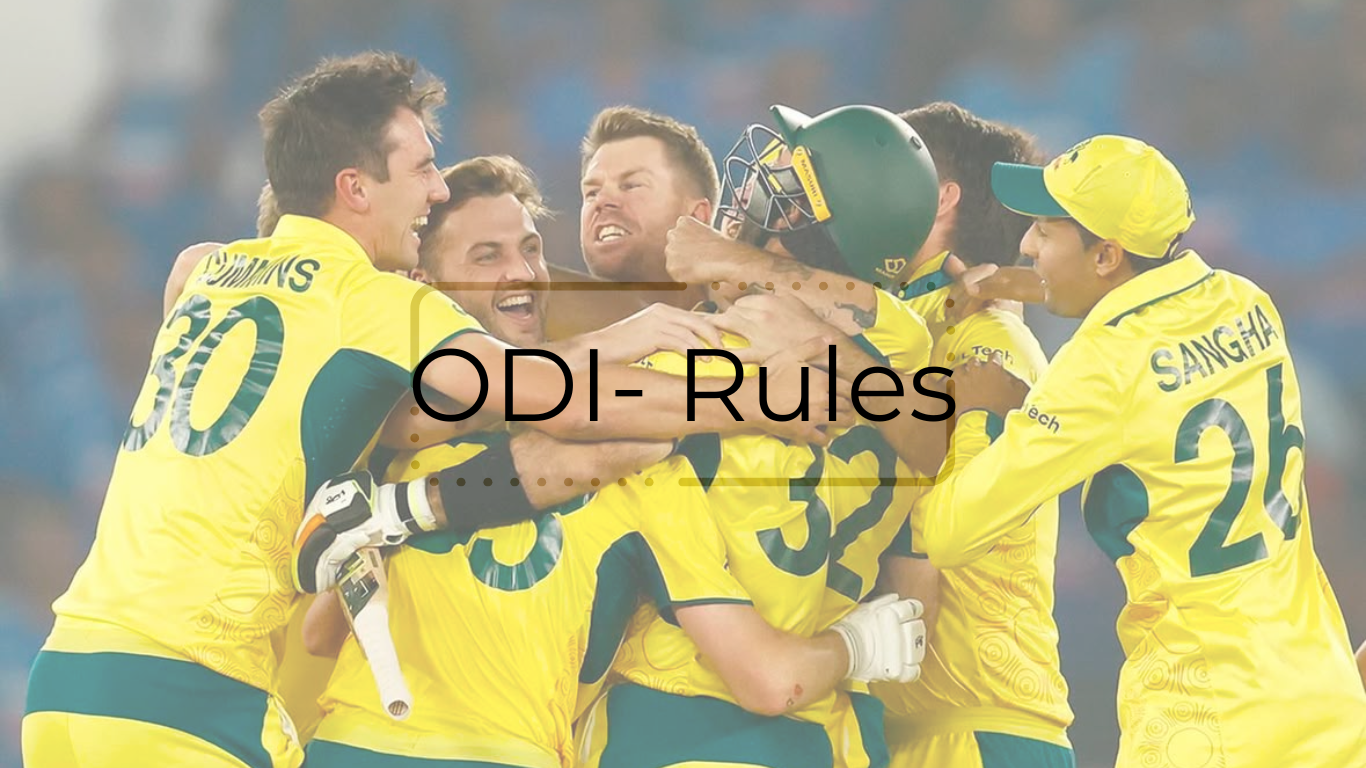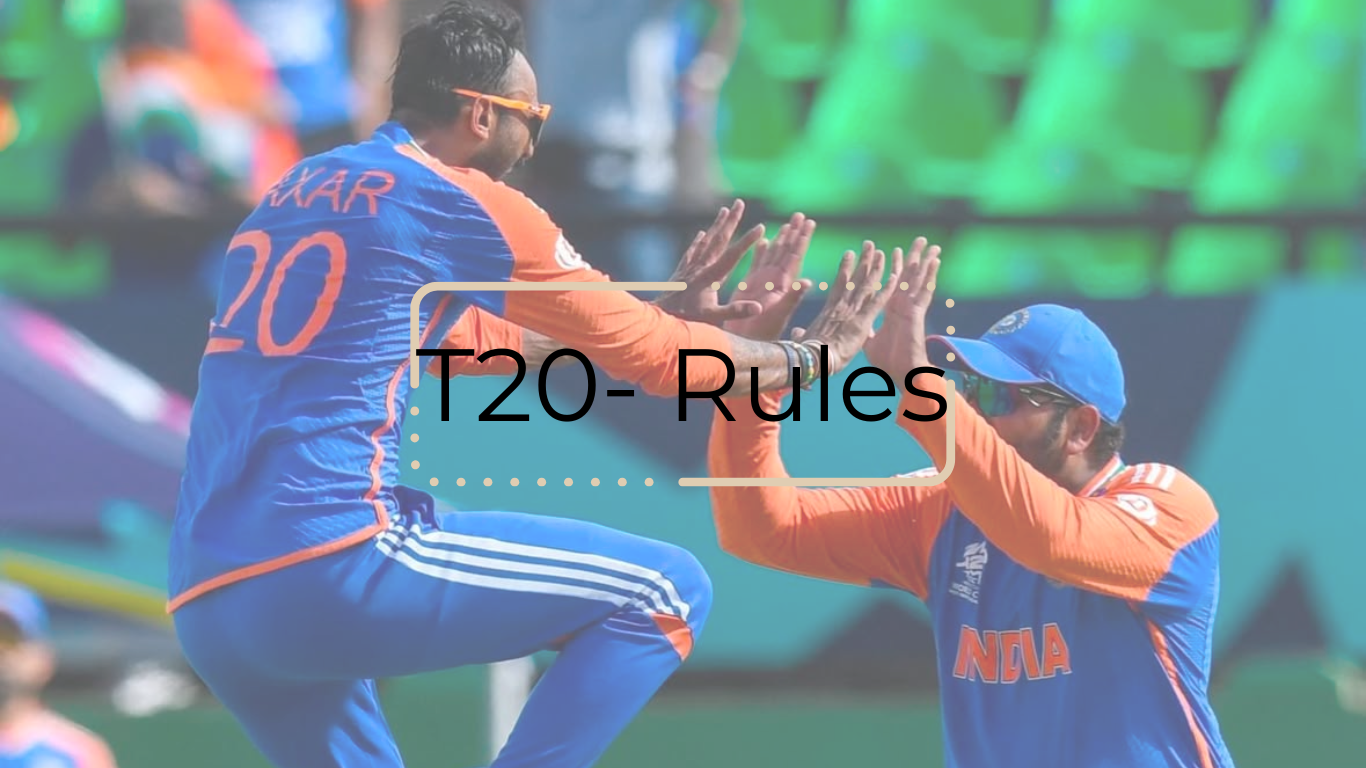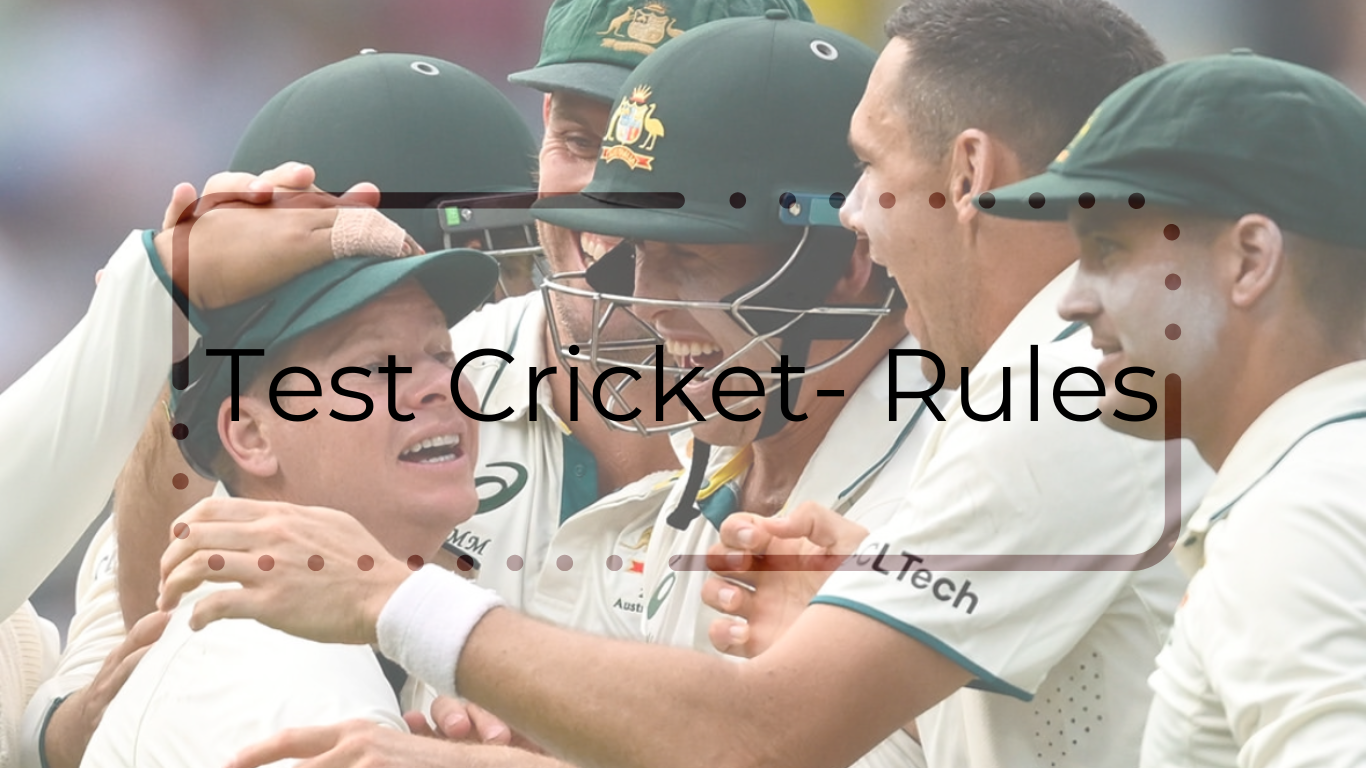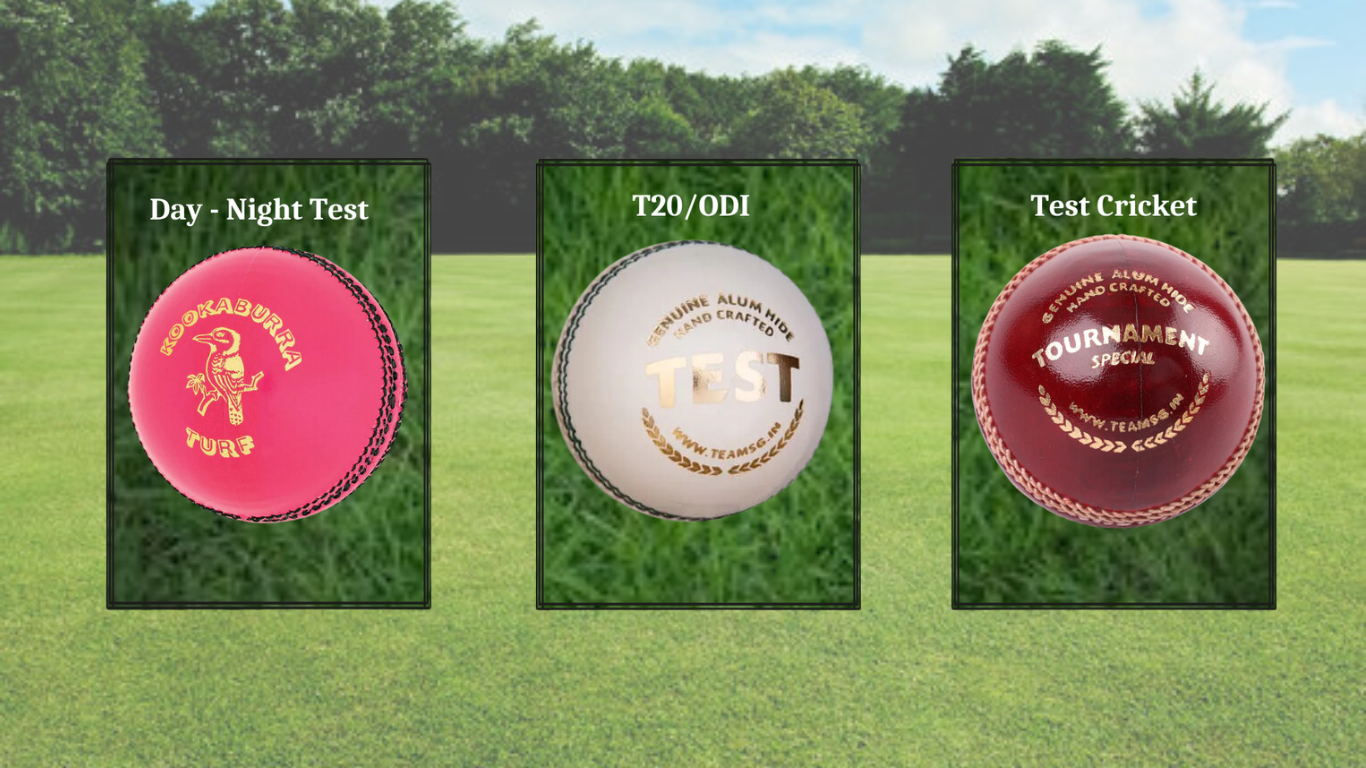The ODI Rules of Cricket States:
1. Players and Teams
- Each team fields 11 players, with up to 4 substitute fielders nominated before the toss.
- Concussion replacements are allowed under strict conditions, provided they are like-for-like players.
- Captains must ensure fair play and uphold the Spirit of Cricket.
2. Match Officials
- Two on-field umpires, a third umpire (for DRS), and a match referee oversee the game.
- Umpires manage the match, ensuring adherence to the rules and handling disputes.
3. Match Duration and Overs
- Each team plays one innings of 50 overs, with matches lasting one day.
- A minimum of 20 overs per side is required for a result.
- Teams must maintain an over rate of 14.28 overs per hour.
4. Toss and Innings
- Captains toss a coin 30 minutes before the match to decide batting or fielding first.
- The batting order alternates between teams after the first innings.
5. Scoring Runs and Boundaries
- Runs are scored when batters run between the wickets or hit the ball to the boundary (4 for ground hits, 6 for clearing the boundary).
- Super Over determines the winner in case of a tie.
6. Bowling and Fielding Restrictions
- No bowler can bowl more than 10 overs in an innings.
- Powerplays regulate the number of fielders allowed outside the 30-yard circle:
- Overs 1-10: Maximum of 2 fielders.
- Overs 11-40: Maximum of 4 fielders.
- Overs 41-50: Maximum of 5 fielders.
7. Dismissals
- Common dismissals include bowled, caught, LBW, run-out, and stumped.
- Rare dismissals include obstructing the field and hitting the ball twice.
8. Decision Review System (DRS)
- Each team is allowed one unsuccessful review per innings.
- Reviews are decided by the third umpire using video and technology.
9. Intervals and Delays
- A 30-minute interval is taken between innings.
- Two drinks breaks are allowed per session, with additional breaks in extreme heat.
- Matches can be delayed or interrupted due to weather, light, or unsafe conditions. Duckworth-Lewis-Stern (DLS) method is used to revise targets.
10. The Ball and Equipment
- Two new balls are used, one from each end, ensuring consistent condition throughout the innings.
- Protective gear like helmets must meet ICC safety standards.
11. Spirit of Cricket
- Encourages respect among players, officials, and opponents.
- Promotes fair play and acceptance of umpire decisions.
Source : ICC handbook
FAQs
What are ODI cricket rules?
ODI (One Day International) cricket has the following key rules:
- Overs: Each team is allowed to bowl a maximum of 50 overs.
- Innings: Each team gets one innings to bat and bowl.
- Powerplays:
- First 10 overs: Only 2 fielders are allowed outside the 30-yard circle.
- Next 30 overs: Up to 5 fielders are allowed outside the 30-yard circle.
- Last 10 overs: A maximum of 5 fielders are allowed outside the 30-yard circle.
- Fielding Restrictions: Teams must have a minimum of 2 fielders in the 30-yard circle at all times.
- Dismissals: The batting team is dismissed when 10 wickets fall, or after the 50 overs are completed.
- Result: The team with the most runs after both innings wins. If the match is interrupted by weather, a system like DLS (Duckworth-Lewis-Stern) is used to adjust the target.
What is the new rule of ODI?
- No Ball Regulations: A no ball will be called if the bowler’s back foot lands outside the return crease or if the front foot lands in front of the popping crease. Additionally, if the bowler’s arm is bent at an angle of more than 15 degrees, a no ball will be called.
- Throwing: If the umpire believes the ball has been thrown, a no ball will be called, and the bowler will be warned. If the bowler repeats the offense, they will be suspended from bowling for the remainder of the innings.
- Dead Ball: The 2024 update includes changes to the dead ball rule, though specific details are not provided in the available sources.
- Fielder Intercepting a Delivery: The 2024 update includes changes to the rule regarding a fielder intercepting a delivery, though specific details are not provided in the available sources.
- Penalty for No Ball: The 2024 update includes changes to the penalty for a no ball, though specific details are not provided in the available sources.
- Mankad Rule: The 2024 update includes changes to the Mankad rule, though specific details are not provided in the available sources.
What is P1, P2, P3 in ODI?
In ODI cricket, P1, P2, and P3 refer to the different categories of bowlers used in the powerplay and fielding restrictions:
- P1: Refers to the first powerplay period, which is the first 10 overs of the innings. During this time, only two fielders are allowed outside the 30-yard circle.
- P2: Refers to the second powerplay period, which spans from the 11th to the 40th over. During this phase, a maximum of five fielders are allowed outside the 30-yard circle.
- P3: Refers to the third powerplay period, which covers the final 10 overs (41st to 50th over). Again, up to five fielders are allowed outside the 30-yard circle during this time.
What is Rule 40 in cricket?
Rule 40 in cricket refers to the “Overthrow” rule, which deals with situations where the fielding team unintentionally throws the ball past the boundary while attempting to run out a batsman.
If the ball crosses the boundary line, the batting team is awarded four additional runs. However, if the ball is deliberately thrown over the boundary line by the fielding team, then the batting team receives six runs.
Is 2 balls used in ODI?
In modern ODI cricket, typically one ball is used for the entire 50 overs for each team. However, in recent years, the two-ball rule has been introduced in ODIs. Under this rule:
- One ball is used for the first 25 overs, and then a second ball is introduced for the remaining 25 overs.
- This helps maintain the condition of the ball for longer, as a single ball can get soft and difficult to manage after many overs.
What happens if a ball hits a helmet?
If a ball hits a helmet in cricket, the following happens:
- If the helmet is on the field of play: If a ball strikes a helmet that is on the field (such as in the 30-yard circle or near the boundary), the batting team is awarded 5 penalty runs. This rule applies when the helmet is placed on the ground, and the ball hits it while in play.
- If the helmet is worn by a player: If a helmet worn by a player is struck by the ball, no penalty is awarded, and play continues as usual.
Read More about Rules of cricket – Test Cricket: Click Here
Read More about Rules of cricket – T20 Format: Click Here




2 thoughts on “Rules of Cricket – ODI Format”